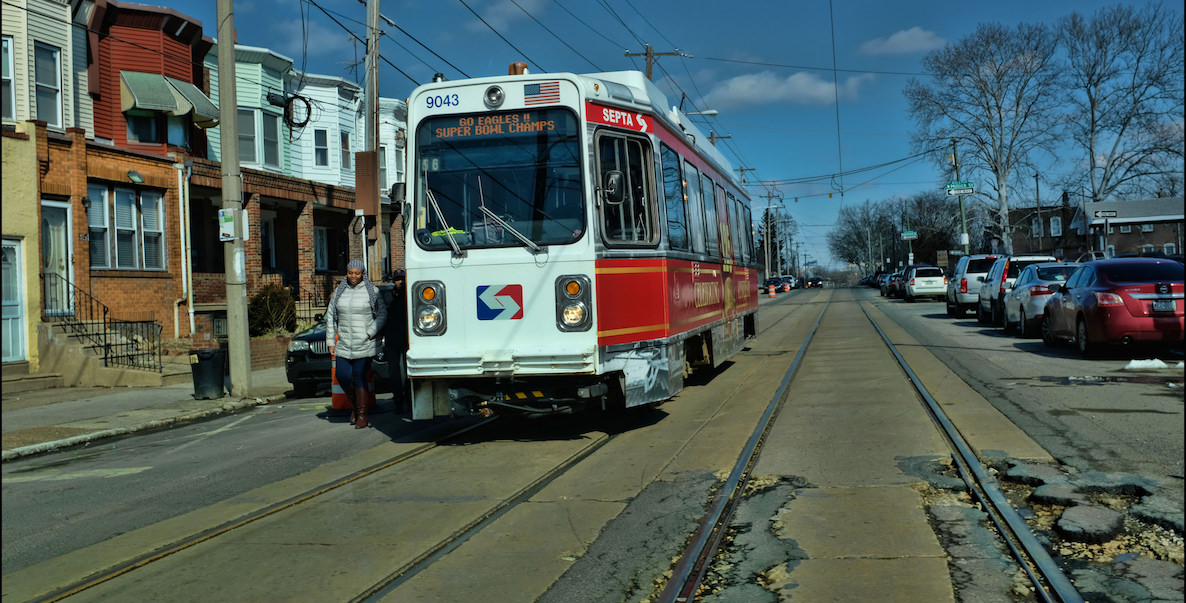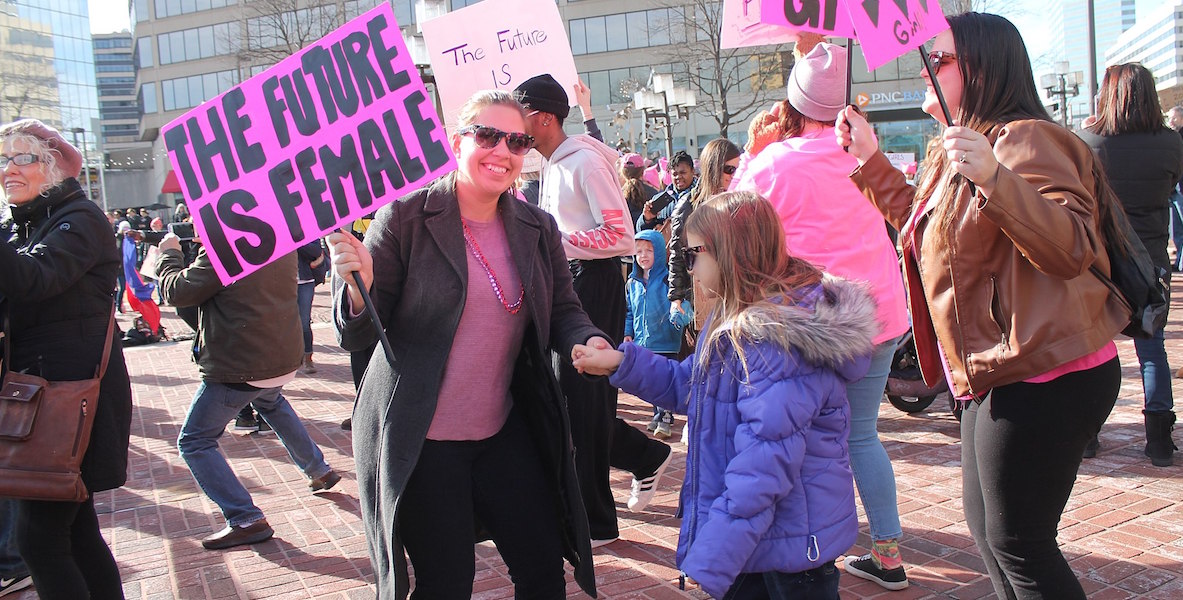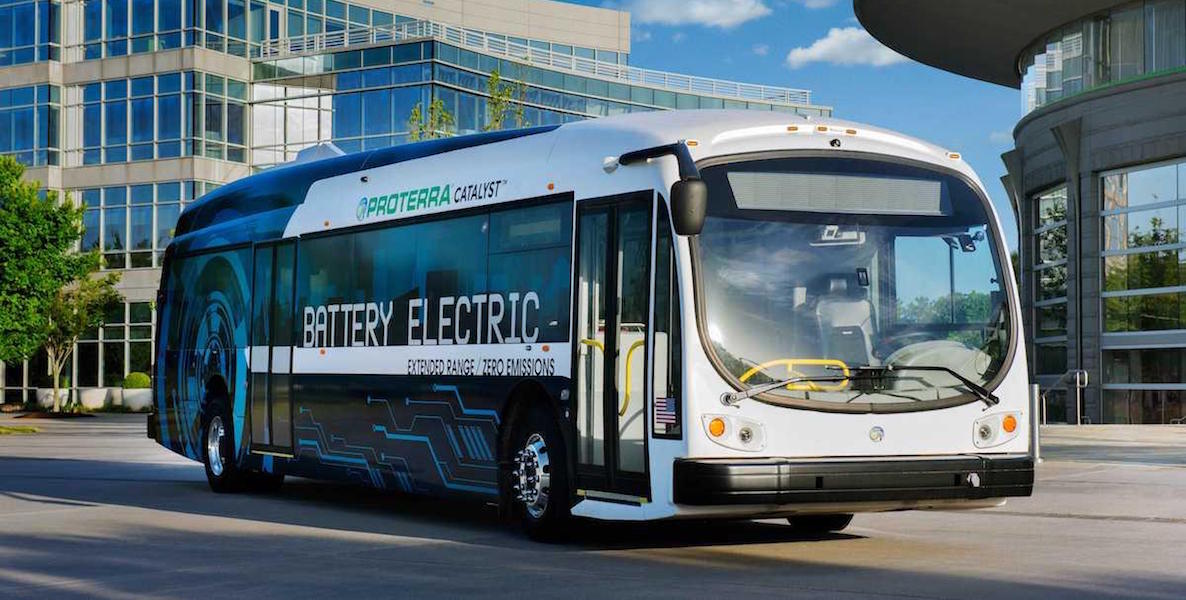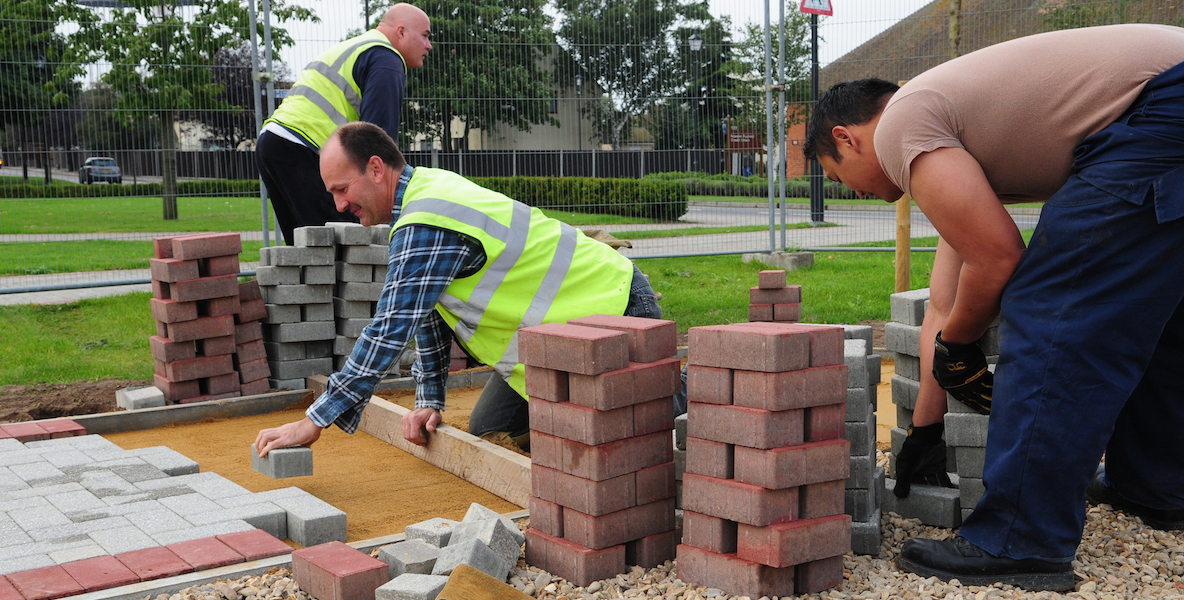City Council and Mayor Jim Kenney are getting closer to starting Rebuild, the $500 million, soda-tax funded effort to overhaul Philly’s dilapidated recreation centers. Last week, Kenney said he had enough votes, and Council expressed support in a committee hearing. A vote could come in the next two weeks before Council’s summer recess, likely ending a holdup caused by concerns over diversity.
Since early talks about Rebuild, Council members have expressed the need to use the program as a way to increase opportunity for people of color and women in union construction. Rebuild is being mandated to feature 45 percent of the labor completed by minorities and women and act as a springboard for them to enter unions. At the root of this conflict is another problem: The city doesn’t have a great baseline when it comes to gauging the diversity of the powerful building trades unions.
Here’s a primer exploring the low numbers of minority membership and the reasons why we have so little information about union demographics to begin with.
How many people of color are in building trades unions right now?
It’s unclear. No building trade unions except for Local 542 have a mandate to report the racial makeup of their membership (we’ll get to them later). The only other membership data stems from a 2009 report put together by a team organized by the Nutter administration.
Econsult found that minorities worked about 31.5 percent of the 775,000 hours on more than 500 city projects. That percentage was down slightly from the previous year, when it was 38 percent.
But the city teams up with Econsult Solutions to calculate the number of hours worked by women and people of color on EOPs, Economic Opportunity Plans. These projects, which encompass every work contract for over $100,000, comprise the great majority of city construction projects and totaled about 775,000 hours in FY 2016, so it’s a pretty good sample size. These numbers have been totaled since 2015 because of a City Council bill sponsored by Wilson Goode, Jr. and Blondell Reynolds Brown.
But the numbers haven’t been extensively referenced. The Mayor’s Office sent out a press release about the FY 2016 data when it was released but otherwise the numbers live on a difficult to find link on the Office of Economic Opportunity’s website. The FY 2016 data is the most recent available.
What do those numbers tell us?
Econsult found that minorities worked about 31.5 percent of the 775,000 EOP hours on more than 500 projects. That percentage was down slightly from the previous year, when it was 38 percent.
Rebuild requires 40 percent of hours to be worked by minority members and five percent by women. The gap between 31 percent and 40 percent sounds bridgeable. But there are caveats. The first being the difference between a laborer and a skilled worker.
Laborers do less-complicated tasks on job sites and make lower wages. Skilled workers make more money. When you take into account only skilled hours, the minority share falls to 18 percent. Broken down by race and gender, 82 percent of skilled-worker hours are completed by white men, 9 percent by black men, 8 percent by Hispanic men and about one percent by Native American men, Asian men and all women. The Rebuild requirements don’t differentiate between laborers and skilled workers.
![]()
The work done by minorities was also not spread equally throughout the different projects. Only 39 percent of the 500-plus projects featured at least 32 percent of hours worked by minorities. Fourteen percent of the 500-plus projects didn’t use minority labor for even one hour.
To summarize: Minority representation on city projects seems larger than it is because unions are stuffing people of color into less meaningful roles and not utilizing as many as they could for higher-paying, skilled roles. Many city construction projects still feature zero work being done by minorities.
And with only two years of data, it’s hard to tell whether the drop from 38 percent to 31.5 percent is an aberration or a distressing sign.
But are contractors picking as many minorities as are available in unions?
We can’t quite tell, though Econsult attempts to do answer that in a way it admits is imperfect.
Econsult includes something in its reports called the “ratio of utilization to availability.” The availability data comes from the Census’ American Community Survey, and the American Community Survey (ACS), which totals all construction workers, not just union construction workers. That means the ratio compares a pool of labor that is almost entirely union—the city wouldn’t allow for anything else—to a much larger pool that includes union and non-union.
John Dougherty’s IBEW 98 was one of a handful of unions that declined to provide information on the racial composition of its membership for the 2009 report. Doc leads the Building Trades Council and signed the Memorandum of Understanding with the Mayor that requires 45 percent of labor on Rebuild projects to be minorities and women.
The math here shows for skilled positions, as mentioned above, about 18 percent of construction hours completed were by minorities. Had the minorities been picked for work at an optimal level, the share of hours completed by them should have been 41 percent. For all work hours on EOPs, including laborers, about 31 percent were completed by minorities, with a level of 45 percent considered the highest possible.
There are a couple ways to look at this, and neither is positive. If the ACS numbers come close to representing the true availability of minority union members, then skilled minorities are being shunned for city projects at an alarming rate. If the ACS estimate is too high because it includes a large amount of non-union workers, it would mean contractors are perhaps using an equitable share of available minorities. That’s good. But it would also mean minorities are still woefully underrepresented in Philadelphia building trades unions, especially at the skilled level.
And here’s where we get back to the biggest problem. We don’t know how well they are represented. The only racial breakdowns of Philadelphia union membership come from a Mayor’s Commission report in 2009 and a 40-year lawsuit mandating Local 542 to report its numbers.
Forty-year lawsuit?
Back in 1971, a federal discrimination lawsuit was filed against Local 542, a union of construction workers who largely operate cranes and other heavy machinery. Six years passed before it went to trial—for a whole year. In 1978, a judge, the civil rights pioneer A. Leon Higginbotham, ruled the union liable for discrimination, and the court has been monitoring Local 542 for 39 years.
![]()
Yet even knowing a federal court would be routinely checking on its minority membership for decades, this union has still not diversified in a meaningful way. Its halcyon days for diversity were in the late 1980s, when minorities represented a still-paltry 25 percent of Philadelphia members, and it’s only gone downhill from there.
Local 542’s minority membership totaled about 18 percent at the time of the 2009 report. Last year, Malcolm Burnley in PlanPhilly reported black members of Local 542 were called “worthless n*****s” on work sites.
And this is a building trades union being monitored by the feds.
What did the 2009 report tell us about membership?
Bad things. The report, totaling nearly 200 pages, contained self-reported information from 18 building trades unions on the demographics of their members. Just two of the unions reported having greater than 40 percent minority membership, Laborers 332 and Roofers. Many provided incomplete data about the breakdown between black, Hispanic and Asian workers, but none of the unions, aside from Laborers 332, had black membership higher than 20 percent. Keep in mind that African Americans represent about 45 percent of Philly’s population.
Of note: Johnny Doc’s IBEW 98 was one of a handful of unions that declined to provide the racial composition of its membership. Doc leads the Building Trades Council and signed the Memorandum of Understanding with the Mayor that requires 45 percent of labor on Rebuild projects to be minorities and women.
The report’s authors mentioned over and over how the lack of reliable data was a real issue for determining the extent of Philadelphia’s union diversity problem. The first goal listed in the report was to “improve its data and monitoring systems as a foundation for oversight.”
Has that happened?
The city has been thoroughly tracking information on minority and women-owned businesses since the report, but the racial breakdown of workers on city construction projects didn’t come until 2015, six years after the report, because of the Reynolds Brown and Goode legislation. That data, of course, doesn’t give the whole story of the composition of unions’ memberships and reveals only the total hours worked by minorities.
How does Philly rank in terms of other cities for union diversity?
Like Philadelphia, most cities don’t have a reliable grip on the actual demographic breakdowns of members in their unions. New York City has data, albeit from a union-sponsored study, estimating the percentage of minorities in construction unions to be at 55 percent. That’s for a city where about 55 percent of residents are people of color.
Just two city unions reported having greater than 40 percent minority membership, but none of the unions, aside from Laborers 332, had black membership higher than 20 percent. Keep in mind that African Americans represent about 45 percent of Philly’s population.
Boston has started keeping data of minority hours worked on city construction jobs, similar to how Philly does. The goal for big projects has been 25 percent minority representation in a city where people of color account for about 45 percent of the population. And the goal has rarely been met.
Could the city force unions to hand over detailed information on their membership?
The city doesn’t actually contract with unions, but with the contractors who hire them, so it would be tough to figure out the entire demographics of a given union. The full membership data will likely elude the city, unless there’s a strong plea or political pressure for unions to voluntarily release more membership data.
A New York City councilman proposed legislation last year requiring contractors for city projects to turn over information such as race, gender and residence for every worker used on their job sites or risk facing a penalty. The legislation stalled after civil rights groups argued it wouldn’t produce specific enough data, and Mayor Bill de Blasio didn’t sign it into law.
The more realistic solution for Philadelphia might be stronger goals for women and minority workers on city projects, such as percentage of minority workers approaching the share of minorities in the city (55 percent) rather than 40 percent, a benchmark for skilled workers and strict punishments for contractors who fail to assemble a diverse enough workforce.
Right now, Rebuild is set to be the only city project in which a certain percentage of hours must be completed by minorities and women. All other city projects, including the 14 percent that featured zero minorities, weren’t held to such standards. If the city applied a requirement for every construction job and charged stiff fines for failure to adhere, unions would be pressured to increase minority membership; otherwise contractors wouldn’t pick them. Such a law wouldn’t cast quite enough light on the makeup of building trades unions, but it would force them to recruit and train minority members in a way they’ve never had to.
Photo by Karen Abeyasekere






